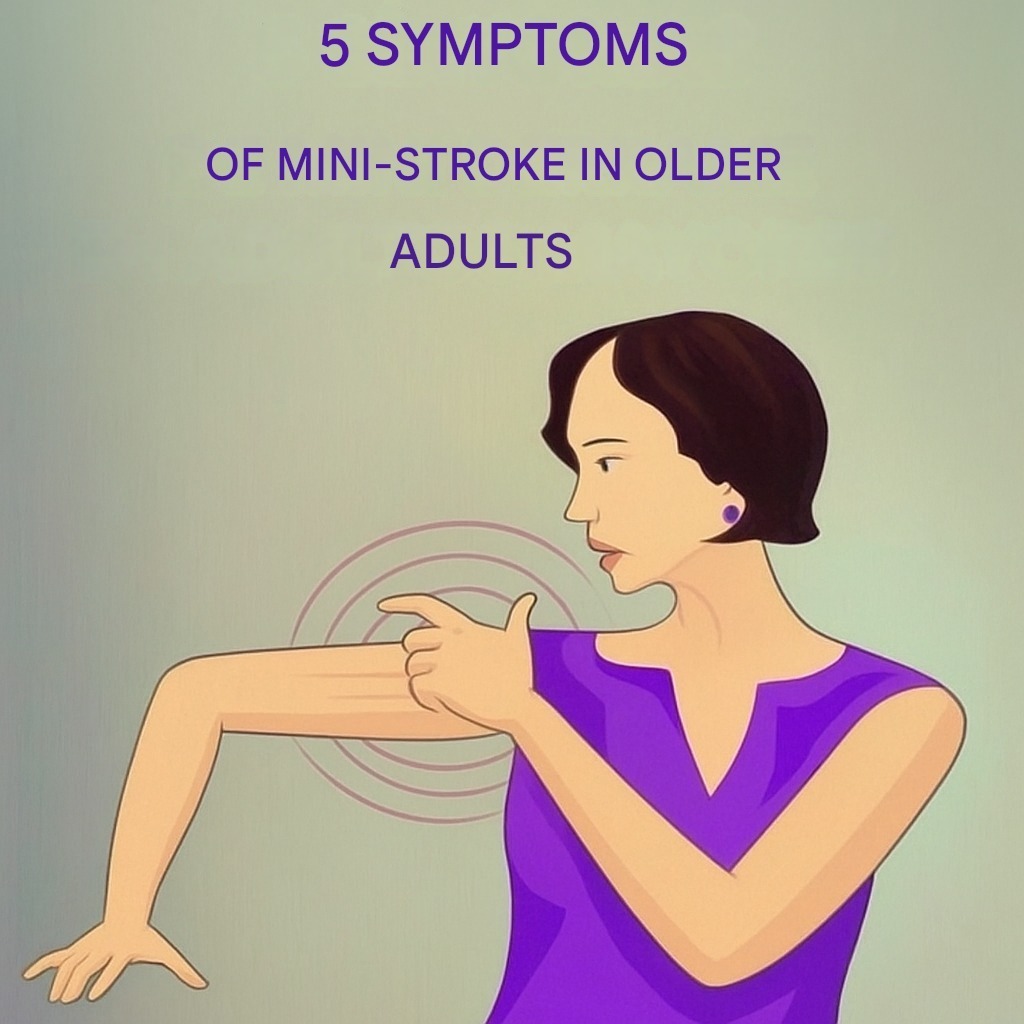Visual disturbances, which are often overlooked, are another symptom of a mini-stroke. This can include blurred vision, loss of vision in one or both eyes, or double vision. These visual abnormalities can be quick and temporary, but they can alert you to problems with blood flow to the areas of the brain that process visual signals. Seniors should have regular eye exams and be alert to any sudden changes in their vision.
4. Dizziness or Loss of Balance
Dizziness, unsteadiness or loss of balance are symptoms that should not be ignored either. A mini stroke can affect the brain in a way that causes a feeling of vertigo or disorientation. Seniors may feel as if they are about to faint or experience difficulty standing. This relates to the affect of certain areas of the brain that control balance and coordination. If an older person is showing unexpected symptoms of dizziness, it is essential to seek immediate medical attention.
5. Sudden and Severe Headache
Although headache is not always a classic symptom of a mini-stroke, a sudden, severe headache that has no apparent cause may be related to a TIA. This type of headache can be described as the “worst headache of your life” and, although it is more common in full-blown strokes, it can be indicative of serious problems. This symptom should be taken seriously and should lead the person to seek medical attention immediately.
Recognize and Act
It is crucial that both older people and their caregivers are proactive in identifying these symptoms. Mini strokes are a warning that a full-blown stroke could be on the horizon. Ignoring them can result in permanent brain damage or even death. Prompt evaluation and treatment of symptoms can help prevent a more severe stroke, which can lead to severe and long-lasting complications.
Some risk factors that can contribute to mini-strokes include hypertension, diabetes, high cholesterol, and smoking. Therefore, regular medical evaluations are essential to monitor and control these risk factors in the older population. Brain health education and symptom identification are critical steps in prevention.
Finally, it is imperative that families and communities report the signs of a mini-stroke. Educational campaigns can make a difference in early recognition of symptoms, leading to prompt and appropriate intervention. Awareness and action can save lives and improve the quality of life of older people.

